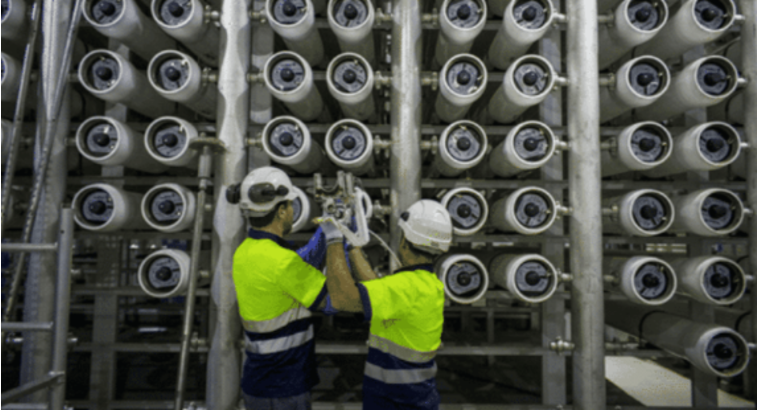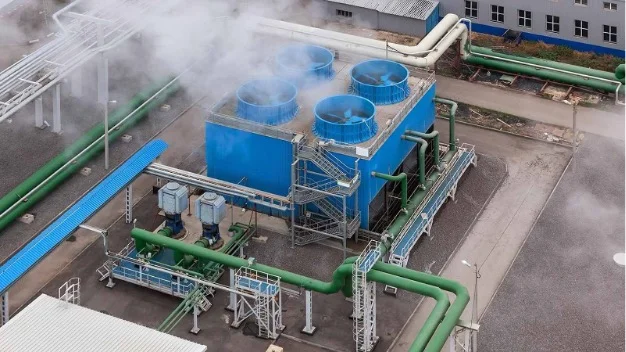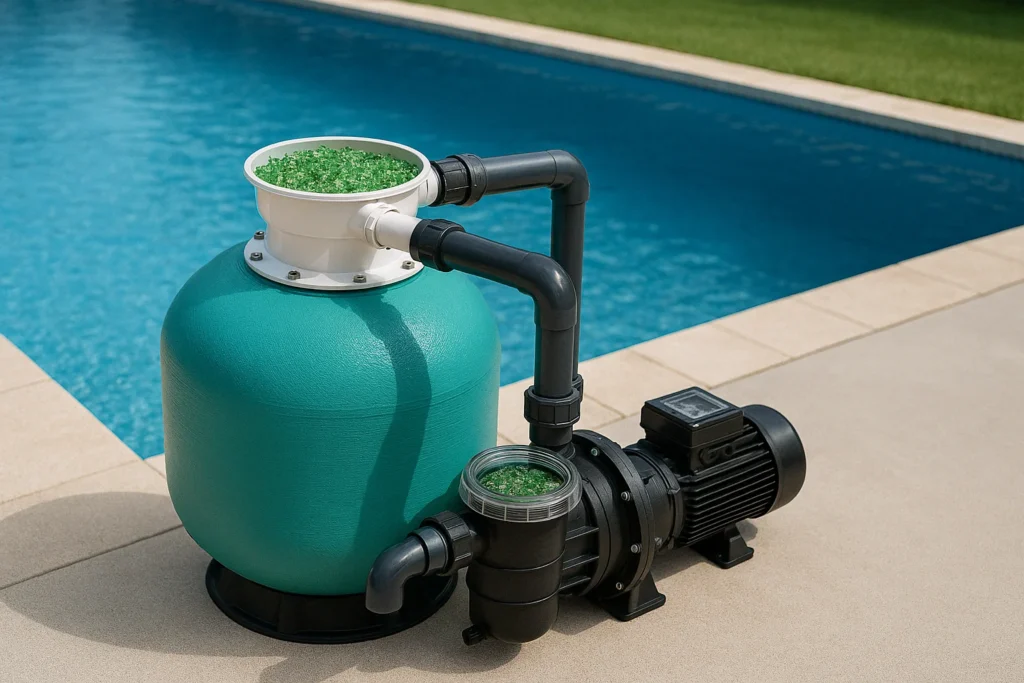
The world is experiencing serious shortages, unequal distributions, and contamination of available freshwater resources. Many factors like geography, increasing populations, industrialisation, and inadequate water management are the main contributors to this issue.
Energy rich countries have set fossil fuel consumption and desalination of seawater as their main target method for continuous water supply. But this poses significant economic and environmental risks.
Brine streams are industrial by-products which contain various pollutants, chemicals, toxins, heavy metals as well as concentrated salts. The impacts of brine on the environment through the direct disposal methods have led to the development of many types of brine treatment and recovery processes.
These processes aim at removing pollutants and extracting valuable metals from brine, decreasing its volume, and producing freshwater.
WHY MANAGE BRINE?
Few benefits of recycling brine are:
- Reducing wastewater discharge volumes
- Allowing facilities to increase production volumes while staying within discharge permit limitations
- Significant cost savings by supplementing fresh water demand with waste brine
- Reducing the overall cost of ZLD plants by reducing the volume of waste water to be treated with thermal options
The feasibility and cost of brine reuse and recycling can depend on a number of factors, including facility location, brine constituents, and volume.
TYPES OF BRINE MANAGEMENT SYSTEMS:
With appropriate treatment, waste brines can be used for a number of different applications. Summarized below is the more typical brine reuse and recycling system:
- Membrane Treatment : Reverse Osmosis(RO) is the most commonly used membrane system to treat brine. RO produces freshwater and more concentrated brine often referred to as RO brine, reject, or concentrate. The freshwater can be used for further applications while the RO brine/reject is further treated by thermal systems or other methods. Nanofiltration(NF) Membranes can also be used for brine treatment.
- Thermal Treatment : As mentioned above, thermal systems are usually used after the membrane filtration has been done. The RO brine/reject is evaporated at an extremely high temperature to ensure maximum recovery of freshwater. Maximizing freshwater recovery from lower cost membrane systems before using expensive thermal systems will deliver the best project economics.
The concentrated/crystallized brine can then be further discharged through various brine disposal methods or be reused.
METHODS OF BRINE DISPOSAL:
Treatment costs increase the further you concentrate brine towards solids, which is why it is important to carefully consider all disposal and reuse options before implementing a technological solution.
- Discharging brine into Surface Bodies – If your brine meets regulatory requirements, brine discharge into the nearest body of water or to sanitary sewers is usually the lowest cost option for disposal. In the current scenario, this is typically not recommended or preferred by authorities.
- Brine Disposal in the Ocean – Like discharging brine into surface bodies of water, ocean discharge is another brine disposal method that tends to be very cost effective upon meeting regulations.
- Deep Well Injection of Waste Brine – Waste brine can be disposed by injecting it into deep wells, installed thousands of feet deep into the ground, away from the upper aquifers that feed drinking water sources. Even this is typically not recommended or preferred by authorities.
Current developments in Membrane technologies such as High Pressure RO & NF Membranes and evolving technologies like Forward Osmosis can go a long way in reducing the overall load on thermal systems for brine management.
Pure Water provides the world’s best membranes for Brine concentration and extraction of water from waste. Get in touch with us at info@purewaterent.net, to know more about our offerings in the brine treatment space!





